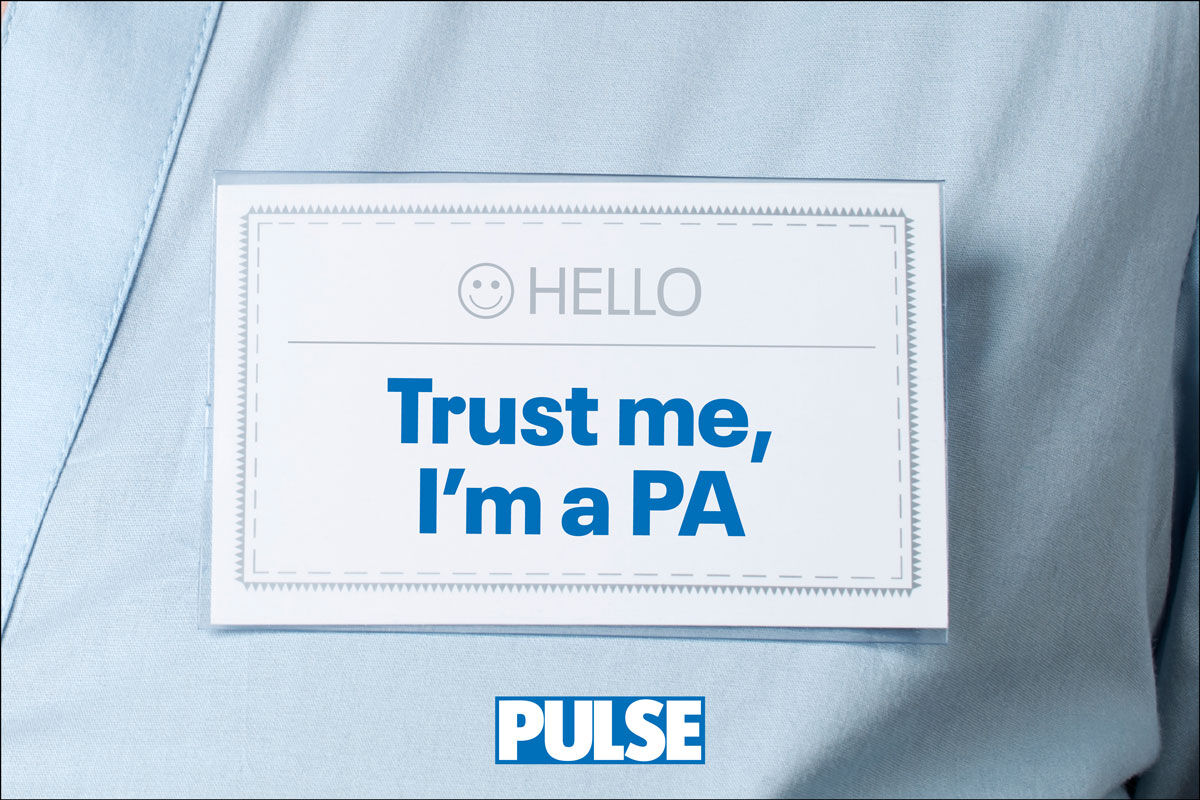1. Do not assume that frail patients don’t drive
Do not assume that the presence of a significant burden of frailty means that the patient does not drive. Cars are very important in helping older people to continue living at home. So people are often reluctant to stop driving and lose this aspect of their independence.
2. Consider how you can make driving safer for older patients
Older drivers have the safest driving record of any age group, but older patients attending your surgery are likely to have a range of conditions which are relevant to driving. GPs have an important role in supporting patients in getting around safely, for example a medication review, rehabilitation and cataract surgery are just a few interventions which can make driving safer and more comfortable for older patients. Driving cessation is associated with significant negative health and social outcomes - including nursing home placement, depression and death - preserving the ability to drive safely should be a clinical priority.
3. When assessing fitness to drive, prioritise the most significant conditions
The ‘at-a-glance’ guidelines on medical fitness to drive from the DVLA are very helpful. But it is likely that older patients, or those with illnesses affecting their fitness to drive, have many morbidities. So you need to consider the conditions relevant to driving and prioritise those that are likely to have the most significant impact on fitness to drive for an individual patient.
4. Use the Adelaide driving self-efficacy scale
A key factor in whether a patient is safe to drive is the likelihood that they will deal with their illness and driving in a prudent and strategic way. Divergence between the score and what you are observing with the patient or being told by a relative or carer should alert you to potential problems with the patient’s insight and judgment.
5. Be opportunistic in asking patients about driving
Ideally you should routinely enquire about driving and transport with older patients who attend your clinic, or those who have illnesses which cause loss of function. Ask whether they drive and if they don’t, ask how their transport needs are met. GPs are generally accustomed to developing an awareness of housing conditions of their patients, and transport availability is an important part of wellbeing.
6. Make use of specialist support
Make use of the specialist support available. For example, referral to geriatrician, old-age psychiatrist, ophthalmologist or occupational therapist can provide valuable insight, support, and solutions to concerns over fitness to drive. It can also help to share the load of the difficult situation when a patient with whom you have had a long professional relationship is likely to need to stop driving.
7. Get a witness history where possible
A witness history of driving behavior from a relative or carer is a very important aspect of assessing fitness to drive in patients with cognitive impairment - as well as being useful for confirming the cognitive impairment and establishing a diagnosis. Ask about changes in driving behavior, getting lost, accidents (including ‘minor’ bumps) and whether the witness feels safe when driving with them. This will help you to decide whether the patient should stop driving while awaiting an assessment, or whether there it is reasonable to continue driving as long as the assessment takes place quickly.
8. Advise regular on-road testing for patients with early dementia
Once a diagnosis of early dementia has been established, there is no office-based test or battery which can predict which patients have preserved driving abilities. The patient should have on-road testing every six months and should start planning for eventual retirement from driving 1. On-road testing is available through the forum network of mobility centres.
9. Encourage anyone who witnesses dangerous driving to report it to the police
When there is evidence of dangerous driving, it is a misguided kindness to pursue an exclusively medical approach. Dangerous driving is a statutory offence so relatives or carers who might be providing a witness testimony to you, who witness dangerous driving, should be encouraged to report to the police. The medical issues can be pursued later.
10. Remember that patients who aren’t fit to drive probably can’t use public transport either
If your patient can no longer drive, the condition or conditions responsible almost certainly preclude them from using public transport as well, and alternative options will need to be found. Family members may be able to help, but some patients will not have such support available. So it is worth being aware awareness of alternative methods of transport that exist in your local area. In some areas, Dial-a-Ride systems have been developed.
Professor Desmond O’Neill is a consultant physician in geriatric and stroke medicine and professor in medical gerontology at Tallaght Hospital, and Trinity College, Dublin.
Professor O’Neill will be speaking at the British Geriatrics Society Spring Meeting which is taking place in Belfast from 17-19 April 2013. See www.bgsevents.org.
References
1 Breen DA, Breen DP, Moore JW, Breen PA, O’Neill D. Driving and dementia. BMJ, 2007 Jun 30;334(7608):1365-9














